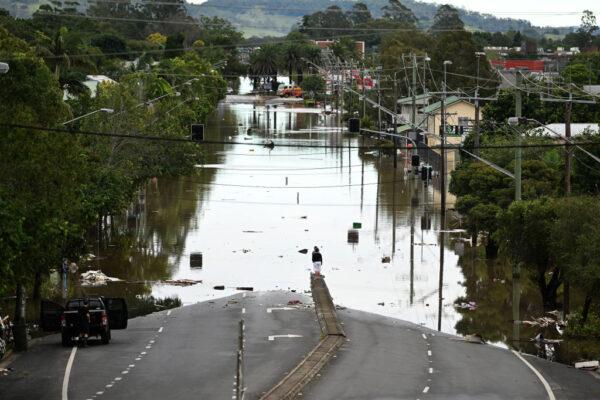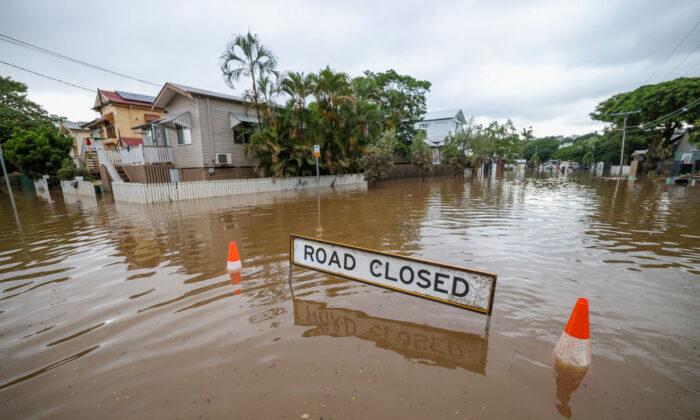Australia needs to invest more in hydrological modelling and new infrastructure to combat major and severe floods, according to a University of New South Wales (UNSW) expert.
Engineering hydrologist, Professor Ashish Sharma from UNSW Sydney’s School of Civil and Environmental Engineering argued that the country’s flood infrastructure and warning systems haven’t caught up with “significant changes” in the climate yet.
“They have been put in place to expect little to no change, as it used to be in the previous 10, 20, or 30 years.
“A lot of the infrastructure needs to be redesigned, which will be costly, but the long-term benefits for the next generation are clear. If not, we’re just going to be faced with the same problem over again.
“We can’t control what comes down from the sky. But once it touches the ground, it’s in our control—and floods happen because we didn’t control it early enough.”

Sharma believes that the risk of flooding can be minimized by improving current forecasting systems and the design of infrastructure.
“The first line of defence is to improve the systems that feed the flood forecast modelling and issue warnings so that we receive them much further in advance.
“If we know about the possible weather events sooner, we can act quicker.
Two Types of Flood Impacts
A 2019 UNSW study found that while rainfall is intensifying, global water supplies are actually shrinking.The changes in climate are causing two different types of flood impacts, Prof. Sharma reminded.
“On one end we are seeing much more extreme floods and our old infrastructure, which has been designed on the assumption the floods would be the same size as they were many years ago, can’t cope with it,” he said.
“At the same time, we are also experiencing higher temperatures which cause greater evaporation and as a result, we are seeing drier soils.
“So, on the other end, we are also seeing smaller floods from less extreme rainfalls because the storms are falling on drier soil.
“These catchments were more moist before a storm event—allowing excess rainfall to run off into rivers—they are now drier and soak up more of the rain, so less water makes it as flow. While these less extreme storms create a smaller flood event, it also creates water insecurity as it is such frequent floods that fill our dams.”
“It’s a two-fold change,” he said.

More Government Assistance Needed
Speaking about what assistance is needed, the professor hopes that the voice can be heard by the government.“What needs to be done firstly, is just a simple health check of where the existing infrastructure is unsafe,” he told The Epoch Times. “[They] are basically failing more frequently than marketers designed to fail, and then figuring out what is the best option for minimizing that extra amount of failures.”
He also noted that research funding is another problem the sector struggles with.
“Research support is close to negligible,” he said. “There is this false perception that we have the right infrastructure in place and there is no need to do any more research in this area.”
“We are dealing with something pretty big. It is not an individual research project or an individual university… We’re talking about trillions of dollars here because it’s the water infrastructure.”
“If the government can see the value of its water infrastructure assets and come with a common support towards this area, that can really be helpful,” Sharma concluded.




